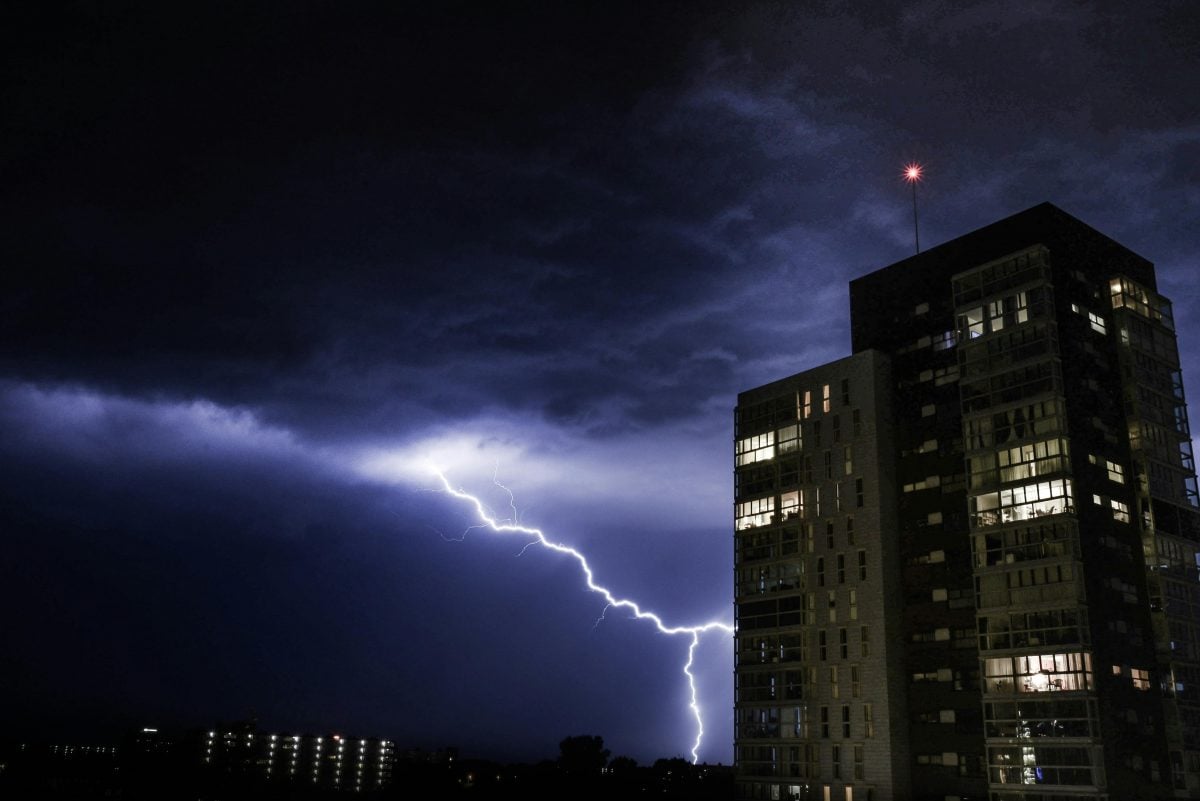Hyderabad might look lush and monsoon‑friendly from above, but underground, things tell a different story. The water table is sinking year by year thanks to sprawling concrete and unchecked extraction. Even with decent rainfall, most of it washes away unused, making cities like ours thirsty longer. For RWAs, rainwater harvesting (RWH) is not just green, it’s vital for compliance, savings, and future water security.
Here’s how you can truly understand Telangana state rules and GHMC’s enforcement arm to put a working RWH system in place.
Why rainwater matters here
Think of it like this:
- Groundwater depletion is real. Many borewells go dry sooner or yield less.
- Monsoons are heavy but fleeting if not harvested; rainwater just runs off.
- Flooding looms, especially during peak rains; capturing water helps roads stay safe.
- Savings add up using harvested water for flushing or watering gardens cuts municipal bills dramatically.
Rules that you should know
Under the Telangana Groundwater (Development & Management) Rules, 2023 (Rule 16, WALTA Act), any building over 200 sq m built-up area needs a rainwater harvesting setup. That includes new builds and renovations.
Make sure your RWH system:
- Meets technical specs, including first-flush devices and recharge pits/shafts/tanks.
- Gets certified by a qualified engineer.
- Comes with documentation, or GHMC won’t issue OC, and water supply could be delayed.
View the full TGWER 2023 Official Gazette for complete details.
How GHMC enforces these rules
1. Design approval before groundbreaking
GHMC won’t issue building permission or later the Occupation Certificate unless your plan marks the space for RWH and a percolation pit. If the layout misses it, your application is rejected outright.
Even your power or water connection depends on OC, so missing this is a big deal.
2. Inspection, fees, but spotty follow‑up
In the last five years, GHMC collected ₹21.2 crore in RWH charges, but only about 33% of approved buildings have installed pits. Enforcement remains weak.
They rely on self-declarations and random checks, yet many societies “mark” pit space on paper and don’t build it.
3. Maintenance is mandatory, but often ignored
GHMC recommends quarterly cleaning, pre-/post‑monsoon inspections, and annual desilting of pits and filters. But follow-through is missing; it’s a common reason for mosquito breeding and clogged systems.
Without functioning structures, OC should technically be invalid—but GHMC rarely revokes existing certificates.
Implementation in your society
1. Survey rooftops & soil
- Measure rooftop catchment; every extra square meter helps.
- Check soil type, sandy soil? Recharge pits work well. Clayey or built-up soils? Consider underground tanks or shafts.
2. Get a real engineer involved
- Hire someone empanelled with GHMC or Telangana authorities.
- A certificate of design is mandatory for approval.
3. Plan & submit to GHMC
- Include rainwater harvesting in building plans and demolition layouts.
- Track application status until approval & rework if feedback requires changes.
4. Install on-spec
Certified contractors recommended. Ensure your system includes:
- Gutters & first-flush diverters
- Filters & filtration chambers
- Recharge pit, shaft, or storage tanks sized to rainfall/catchment
5. Keep it working
- Quarterly checkups like clear gutters, clean filters
- Annual pit/well cleaning
- Use a logbook signed by RWA officials or the facility manager
- Consider alerting residents via WhatsApp group when maintenance is due
GHMC audit reality & real stories
Despite rules, compliance is low:
- Only 1 in 3 buildings mandated for pits followed through between 2020–25.
- Monsoon seasons still bring stalled civic works and water shortages.
One water sustainability expert calculated:
A 1,000 sq ft terrace can harvest around 100,000 litres annually, yet societies dump it unused into drains.
Some civic leaders now suggest adding property tax penalties (up to 25%) for missing RWH structures upon random inspections, but implementation is still pending.
GHMC currently collects fees for building permissions but lacks a robust follow-up mechanism to ensure installations and upkeep.
Quick compliance checklist for your RWA
- Mark RWH pit/shaft space in building plan
- An engineer’s certificate is attached to the building application
- Install the system before the monsoon season begins
- Clean filters/gutters quarterly
- Desilt recharge structures annually
- Maintain logbook & submit self-declaration
- Cooperate fully with GHMC/HMWSSB inspections
If you want to explore the official rules & guidelines about rainwater harvesting in Hyderabad, here are some handy places to start:
Telangana Groundwater Rules, 2023 (Official PDF)
This is the key legal document from the Telangana government that lays out all the mandatory provisions around groundwater management, including rainwater harvesting. If you want to understand the exact laws your society must follow, this is the go-to resource.
Telangana Rainwater Harvesting Portal
This state government website is packed with detailed info on different rainwater harvesting methods from recharge pits and trenches to wells and shafts. You’ll find FAQs, guidelines, and tips tailored specifically for Telangana’s climate and soil conditions.
GHMC Blog & Initiatives
GHMC occasionally shares updates about financial assistance schemes (sometimes up to 70% subsidy) and programs to encourage RWAs to install rainwater harvesting systems. It’s a good place to see what help might be available and learn about community success stories.
What every RWA should internalize
- Compliance is mandatory, and GHMC will reject applications missing RWH plans.
- Failure to maintain is equal to wasted money and potential legal pain.
- Harvest rain or lose it; you could be flushing thousands of litres every monsoon.
- Education is key to resident awareness, ensures long-term sustainability.
Think of it as doing your civic duty, reducing the burden on Hyderabad’s water table, and building long-term resilience.


